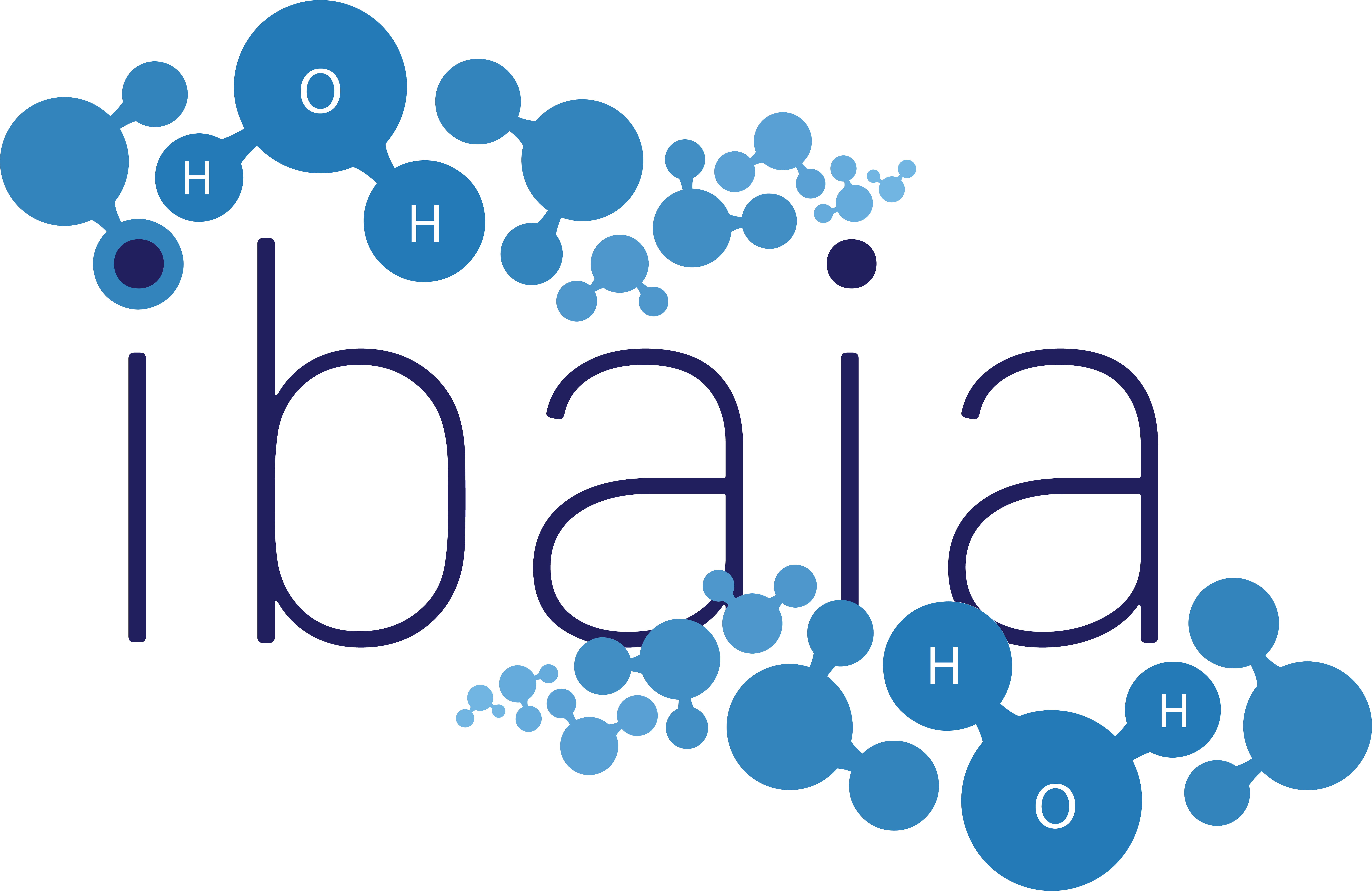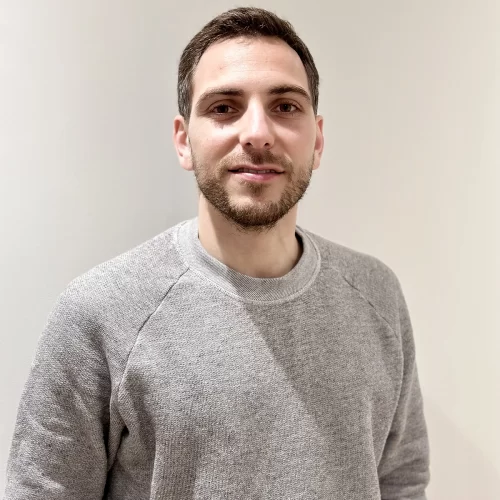
What is your role within the IBAIA Project?
My role is to prepare and characterize chalcogenide glasses and waveguides for the development of Mid-IR sensor for chemical pollutant monitoring. Moreover, I have a role of Project Manager.
Tell us a bit more about the organisation/company you work with:
CNRS is a French research institution with scientists working in many fields like living world, matter, universe, etc. University of Rennes is hosting many CNRS researchers in 3 campuses in Rennes and in Britanny (in Lannion, Saint-Brieuc and Saint-Malo) with 67,000 students and 6,000 people dedicated to research.
What excites you most about the project?
Developing a breakthrough sensor, regarding technologies we will use, in accordance with the green deal, which means using non-toxic materials and low consumption of the device.
What do you expect to achieve from participation in IBAIA?
Regarding the IBAIA project, I expect to develop high quality chalcogenide glass thin films with lower optical losses than actually. On a personal level, I expect to increase my knowledge in chalcogenide glass preparation and thin film deposition but also in sensing techniques thanks to interactions with consortium partners. I also expect to develop skills in project management and communication.
Where do you think the IBAIA sensor(s) will be used in the future?
Close to industrials sites, to prevent industrial accidents as quickly as possible and avoid a natural disaster.
What do you think the main economic, societal, or environmental benefits of the project will be?
Manufacturers might be more cautious with their chemicals and waste to avoid a bad reputation due to any natural disaster. This means also a protection of the natural environment in these areas.
What do you think EU collaborative research projects have to offer?
Skills sharing to achieve a device with a high-end level of technology.
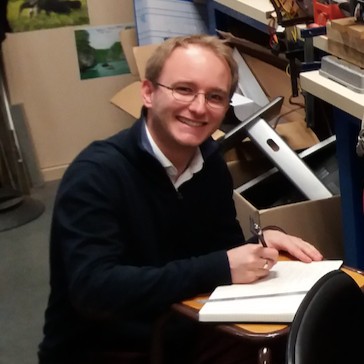
What is your role within the IBAIA Project?
I will be involved in the photonic sensor development and in the integration task.
Tell us a bit more about the organisation/company you work with:
Ifremer (French Research Institute for Exploitation of the Sea) is a French public research organization focused on ocean science and technology. Its main activities include studying marine biodiversity, monitoring and managing marine environments, developing new marine technologies, and providing scientific support for marine policies and strategies.
What excites you most about the project?
The objective of developing an on-chip sensor combining multiple technologies (IR, electrochemical, interferometry) is an ambitious and exciting challenge. Monitoring water, whether it is continental or oceanic, is also a significant issue in our society in order to prevent pollution.
What do you expect to achieve from participation in IBAIA?
I hope that our sensor’s implementation will be as compact as possible and able to communicate with widely-used technologies (such as smartphones).
Where do you think the IBAIA sensor(s) will be used in the future?
The sensor will be used during field campaigns in coastal environments to determine the pollution levels of chemical elements in water (freshwater or oceanic).
What do you think the main economic, societal, or environmental benefits of the project will be?
Protecting marine fauna is a concern for our society. Continuing this effort through European collaborative projects would provide sustainable solutions for the future of the planet. Therefore, society can, in the long run and in future projects, also become a scientific actor.
What do you think EU collaborative research projects have to offer?
The advantage of working on this type of project is to meet people with different knowledge and complementary working methods. Moreover, meeting and federating European research organizations is a beneficial action for the research world.
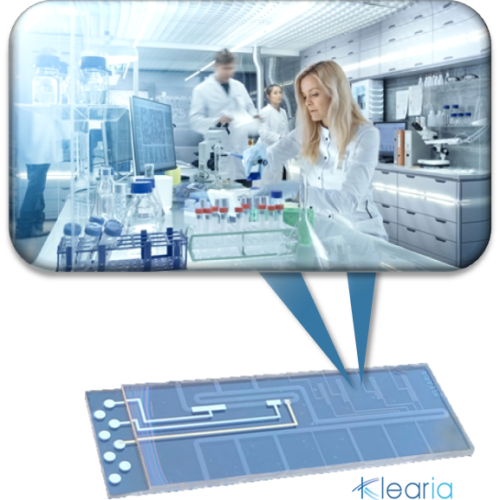
What is your role within the IBAIA Project?
As project manager and innovation manager in Klearia’s company, I am in charge of coordinating all the funded projects with TRL <4-5 (H2020, French ANR, Horizon Europe). During the project, I will ensure the reporting and manage our team regarding the deliverables. We will be 3 engineers from our team involved in the projects.
Our company will be in charge of developing glass microfluidic chips for the electrochemical sensor dedicated to Nitrates and heavy metals detection (Lab In Glass technology). Our team will mainly work on WP3, WP4 and WP5.
Tell us a bit more about the organisation/company you work with:
Klearia is a Deep Tech company specialising in microfluidics, analytical chemistry and instrumentation.
With over 10 years of experience in numerous fields such as the food industry, cosmetics and healthcare, we help partners to develop disruptive technologies for your industrial or academic projects.Our turnkey offer goes from early-stage development (design thinking, feasibility study, instrumentation…) to the scale-out/scale-up of a product.
Thanks to a low thermal glass bonding process (T<300°C) innovation allowing the integration of sensitive electrode materials inside microfluidic chips, intensive R&D allowed the company to develop the first portable electrochemical analysers PANDa dedicated to trace micropollutants detection in water. In 2022, our PANDa analyser has been labelled by the prestigious solar impulse foundation as efficient solution to protect the environment in a profitable way (https://solarimpulse.com/).
What excites you most about the project?
For a deep-tech company driven by innovation, it is really exciting continuing working with high-level academic researchers and to collaborate our 2 worlds. We play a role in supporting them in transferring their technologies of tomorrow towards potential application fields.
What do you expect to achieve from participation in IBAIA?
We really are confident in developing with the partners performant electrochemical lab-on-chip sensors dedicated to both Nitrate and heavy metals monitoring that could be deployed on real field conditions with a high societal impact.
Where do you think the IBAIA sensor(s) will be used in the future?
For example, for underground and surface water monitoring. But also for Food & Beverage industries that use water as part of their final product and need to control the absence of micropollutants for its safety. A more cost-efficient solution to analyse micropollutants in water at industrial sites and control of the quality of the water processed that enhances safety and optimises their resources.
Optimizing resources means that they will no longer need to invest in the treatment unit for each modification of the regulation and to oversize the treatment unit to avoid non-compliances.
What do you think the main economic, societal, or environmental benefits of the project will be?
Globally, the demand for pollutants-free water has rapidly increased with growing populations and goods traded, increasing the need for testing and inspection of water sources as per regulations (e.g., in the EU, regulations derived from the Water Framework Directive, Drinking Water Directive, and Industrial Emissions Directive.
Developing portable, and on-field micropollutants monitoring solutions will improve access to safe, potable water for drinking and other human uses.
What do you think EU collaborative research projects have to offer?
A convergence of skills at the highest international level.
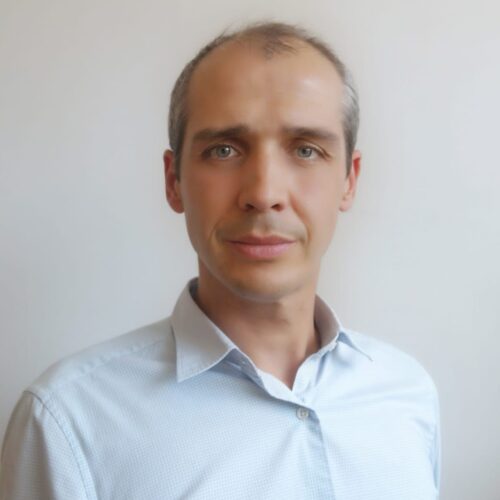
What is your role within the IBAIA Project?
In the project, I have two primary roles. Firstly, I am responsible for designing the mid-infrared sources that will be utilized in one of the sensors. These sources will be based on the latest Quantum Cascade Laser technology. Secondly, I will be coordinating the integration of various building blocks that will be utilized in the sensor, ensuring that everything comes together seamlessly.
Tell us a bit more about the organisation/company you work with:
At mirSense, we are dedicated to the development and accessibility of state-of-the-art laser technologies for daily use. Our mission is to provide tools that not only protect individuals but also their environment. Our commitment to building innovative solutions enables people to breathe cleaner air, move safely, and enjoy good health.
What excites you most about the project?
The prospect of utilizing innovative solutions and developing new technologies for monitoring one of the world’s most critical resources is tremendously exciting. Our mission is of great significance to people, and we are committed to advancing it through our groundbreaking work.
What do you expect to achieve from participation in IBAIA?
Through collaborations with key stakeholders in the field, our goal is to develop innovative solutions and generate knowledge related to the analysis of water pollutants. By working together, we can unlock new insights and leverage our collective expertise to address this critical issue.
Where do you think the IBAIA sensor(s) will be used in the future?
Thanks to the progress achieved in the project, we envision widespread deployment of our sensors throughout the entire water supply chain, from the source to the end consumer. Our sensors can be utilized for surveillance in any location that requires it, making it a versatile and valuable tool for many different industries and applications.
What do you think the main economic, societal, or environmental benefits of the project will be?
Water is one of the most critical resources of our time, and it presents significant challenges in the coming years. The impact of our project has the potential to provide significant benefits in areas such as public safety, contamination monitoring, and supply chain sustainability. By addressing these issues head-on, we can make a tangible difference in people’s lives and the environment.
What do you think EU collaborative research projects have to offer?
The development of such advanced sensors would not be possible without the support of the EU. By bringing together leading research institutes and companies in their respective fields, the EU is ensuring our collective ability to meet tomorrow’s challenges head-on. Through collaboration and investment, we can continue to push the boundaries of what is possible and make a meaningful impact on the world around us.
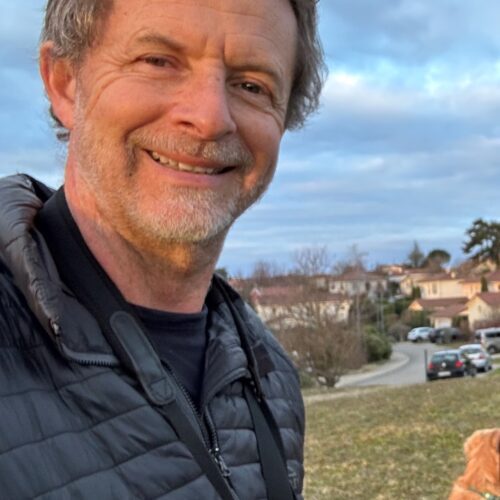
What is your role within the IBAIA Project?
As ‘EndUser’, my company will test the sensor in situ on a wastewater treatment plant as well as on an experimental site dedicated to the control and treatment of diffuse pollution of agricultural origin.
Tell us a bit more about the organisation/company you work with:
My company works in the field of natural-based solutions for water treatment. In this way, I am involved in research and development to improve water quality always with respect for the environment. This sensor gives us the opportunity to mark an additional step in the valuation of our activities.
What excites you most about the project?
To contribute to the improvement of water quality thanks to the sensor which will be the essential tool for controlling and regulating the treatment process.
What do you expect to achieve from participation in IBAIA?
I hope the sensor will provide quality monitoring with feasibility over time so that it can be used with confidence to monitor and treat wastewater.
Where do you think the IBAIA sensor(s) will be used in the future?
On one hand, in remote and sensitive areas to monitor water quality. And on the other hand, in wastewater treatment plants to monitor nitrogen degradation and control micropollutants at the outlet.
What do you think the main economic, societal, or environmental benefits of the project will be?
From my point of view, this will contribute to strengthening the control of water quality in sensitive areas by preventing pollution and allowing a remediation solution before catastrophic contamination occurs.
What do you think EU collaborative research projects have to offer?
A good collaboration with different points of view, offering opportunities for creation.
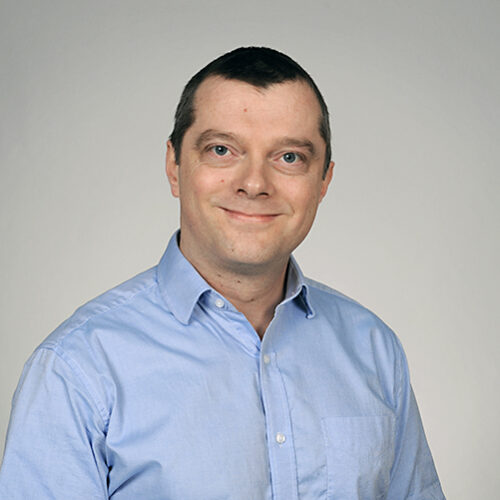
What is your role within the IBAIA Project?
In IBAIA, I am leading Work Package 2, aiming at the development of photonic sensors for monitoring pollutants in water with optical means. I am also involved in the integration of some of the components and their testing.
Tell us a bit more about the organisation/company you work with:
UEF is a Finnish university with two campuses (Kuopio and Joensuu). I am part of the Center for Photonics Sciences in Joensuu. We deal with all fields of optics and photonics. I am leading the Integrated Optics and Sensing group aiming at finding out-of-the-box solutions for big challenges, such as facilitating photonics integration with new waveguides, combining materials, and integrating optics at all scales, for important applications such as the detection of gases emitted by trees under stress to prevent forest fires, detection microplastics in water, monitoring air pollution.
What excites you most about the project?
IBAIA’s consortium is exceptional. It brings together such a broad expertise that every meeting is tremendous and leads to new ideas and new potential. The topic of the project is of global importance and deals directly with the protection of the environment for better well being and health.
What do you expect to achieve from participation in IBAIA?
I hope that UEF’s contribution will help in lowering the cost of extremely advanced devices that are usually not affordable to many organizations. By using on-chip devices, we also reduce the environmental cost and power consumption of our solutions.
Where do you think the IBAIA sensor(s) will be used in the future?
IBAIA’s sensors will be used first for scientific purposes, helping researchers in biology, marine ecosystems, and ecotoxicology, for instance, to draw better maps of water pollution. They will also be expanded to industries in which wastewater monitoring is a big challenge. Finally, I hope that some of our sensors will be used broadly by individuals conscious of their impact on the environment while using boats, for example.
What do you think the main economic, societal, or environmental benefits of the project will be?
Such a project is an opportunity to raise the interest of the public on a question which is at the core of our society: what if we pollute our water sources completely? It is not wise to do this, obviously, but we often forget it. Remedies are usually developed and used when the disease is visible and imminent. It may be too late in some cases, but with IBAIA, we are still on time.
What do you think EU collaborative research projects have to offer?
EU collaborative research offers obviously the resources for international science. It is a means to reach the public interest, and the expansive scope of the project allows for better visibility at political and governmental levels for hopefully some changes in the near future.
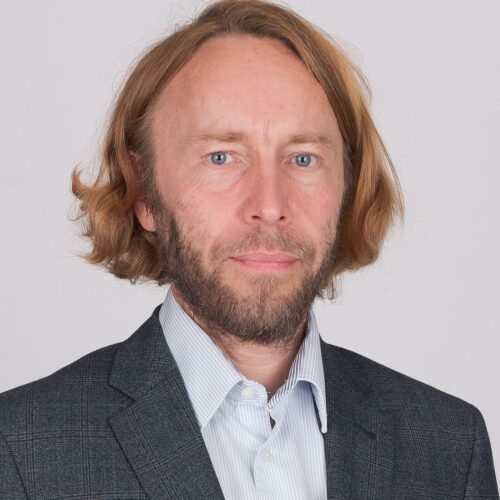
What is your role within the IBAIA Project?
I am in charge of oxide thin film deposition, its optimization and characterization of the prepared layers in the frame of WP2, which focuses on the VIS-NIR sensor.
Tell us a bit more about the organisation/company you work with:
The University of Pardubice is a small university in very central Europe. Its roots come from the chemical industry located in the region. The Faculty of Chemical Technology respects traditional chemistry education and research on the one hand but is a modern higher institution on the other hand.
What excites you most about the project?
Connection of different research fields leading to functional and competitive sensor system for water quality monitoring.
What do you expect to achieve from participation in IBAIA?
New experience regarding collaboration with top class European researchers, new knowledge about fabrication and characterization of amorphous oxide thin films.
Where do you think the IBAIA sensor(s) will be used in the future?
I personally believe that sensors developed in the IBAIA project can be broadly applied in the field of water quality monitoring.
What do you think the main economic, societal, or environmental benefits of the project will be?
Water quality monitoring is one of the strategic key components for improving our environment, and it clearly has a societal impact. Moreover, the developed sensors will be cheaper than existing solutions, which in turn means that there will be an economic benefit.
What do you think EU collaborative research projects have to offer?
EU collaborative research projects offer the possibility of working jointly within a strong international consortium composed of leading research laboratories and private companies.
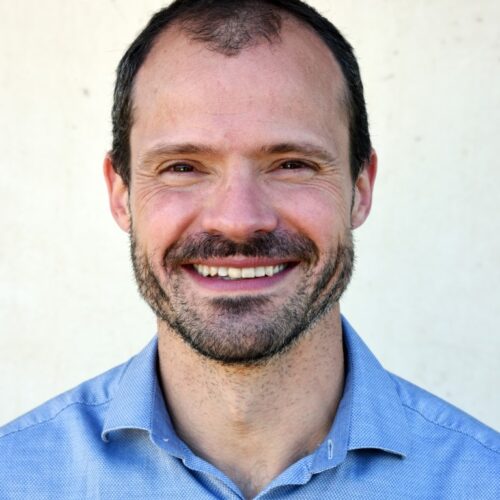
What is your role within the IBAIA Project?
My role is to test and validate the different sensors and the final device in order to assess their performances to detect pollutants in water samples prepared in the laboratory or collected during field measurements, and representative of natural waters to be analysed in case of accidental pollution.
Tell us a bit more about the organisation/company you work with:
Cedre is an independent not-for-profit organisation and has proven to be a key stakeholder over the past 40 years at an international level through its R&D and its extensive field experience acquired during major spills. Cedre is a multidisciplinary team made up of 50 technicians, engineers and PhDs organised around five activities: response support, planning, training, analysis and testing, and research.
What excites you most about the project?
Being part of a dynamic, high-level scientific consortium providing synergy at the European level. Contributing to the development of a miniaturised and affordable water sensing system using cutting-edge technologies to protect the environment.
What do you expect to achieve from participation in IBAIA?
I plan to use my expertise in analytical chemistry, acquired during my university and post-doctoral studies, to test the IBAIA device in complex media. I also expect to learn a lot about new and innovative fields, such as photonics.
Where do you think the IBAIA sensor(s) will be used in the future?
In Cedre’s field of expertise, there are many possible applications. Integrated right from the preparedness or planning phase, this device can be used to assess background contamination levels. In the event of an incident, it can be deployed quickly and easily as a portable, high-performance means of assessing contamination levels. Finally, during the post-incident phase, the IBAIA system can be used for environmental monitoring.
What do you think the main economic, societal, or environmental benefits of the project will be?
Today’s populations and public policies are more sensitive to the quality of natural waters. For financial, technical or operational reasons, it is not always possible to provide appropriate follow-up. The IBAIA aquatic detection system will provide a spectacular breakthrough.
What do you think EU collaborative research projects have to offer?
Collaborative research at the European level enables us to make the most of the knowledge and expertise developed by laboratories and organisations throughout Europe. This type of initiative is fantastic for accelerating the development of a system as complex and innovative as the IBAIA system.
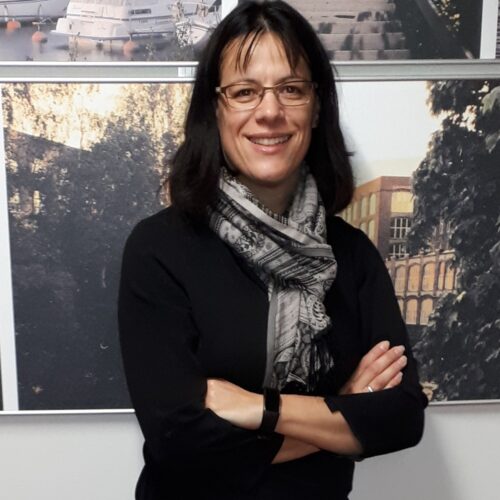
What is your role within the IBAIA Project?
I lead the work on the development of new tellurite glasses which are not only highly concentrated with Er3+ but also can be deposited into films.
Tell us a bit more about the organisation/company you work with:
Tampere University came into being at the beginning of 2019 when the University of Tampere and Tampere University of Technology were merged to create the new foundation-based Tampere University, which maintains close collaboration with Tampere University of Applied Sciences. Tampere University is the second largest university and one of the most multidisciplinary universities in Finland by student enrolment. Tampere University has seven Faculties, and the IBAIA project is performed in the Faculty of Engineering and Natural Sciences, Physics Units.
What excites you most about the project?
The topic of course! I am personally interested in the detection of microplastic in water as I live in Finland. Indeed, Finland has provided many good examples of how to protect the natural environment but lakes, for example, are extremely vulnerable. It is crucial to preserve them for the next generations!
What do you expect to achieve from participation in IBAIA?
I hope the new glasses we will develop at TAU will allow us to develop new (better!) high-quality sensors to monitor water quality.
Where do you think the IBAIA sensor(s) will be used in the future?
Everywhere as microplastics are present everywhere, from freshwater to drinking water.
What do you think the main economic, societal, or environmental benefits of the project will be?
I strongly believe that IBAIA will raise the interest in water pollution. The problem has been in front of us but silent… we cannot avoid it anymore.
What do you think EU collaborative research projects have to offer?
With the IBAIA project, TAU now has a strong connection with international experts who are leaders in their respective research fields related to glass science, film technology and sensor fabrication and testing. Together, we will be able to achieve breakthroughs in sensing and monitoring.
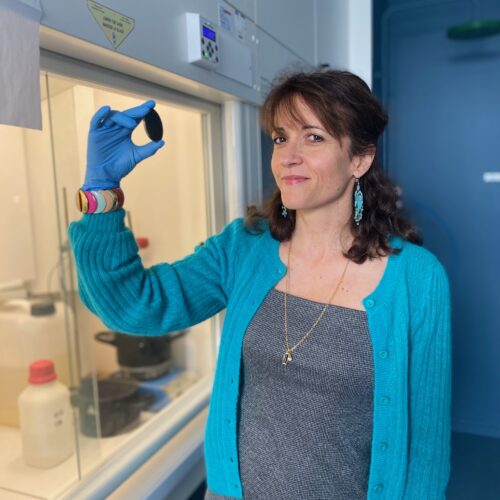
What is your role within the IBAIA Project?
Coordinator.
Tell us a bit more about the organisation/company you work with:
I’m a research director at the CNRS and work at the University of Rennes in an Institute of Chemical Sciences (ISCR) covering the fields of health and well-being, sustainable chemistry and processes, the environment, energy, optics and photonics, electronics and molecular materials. To carry out all its work, the ISCR benefits from a wide range of chemical, physico-chemical and physical skills and techniques. The Institute employs more than 280 permanent staff, including 140 lecturers and professors, 60 CNRS researchers and 80 engineers and technicians, giving a total workforce of over 500.
What excites you most about the project?
The development of innovative sensors to determine pollution in water and thus help preserve the environment.
What do you expect to achieve from participation in IBAIA?
Within the framework of the IBAIA, as a partner and concerning the worpackage in which we are involved and the tasks devolved to us, we hope to develop a prototype medium-IR sensor in partnership with European companies.
Where do you think the IBAIA sensor(s) will be used in the future?
We hope they can be used in pollution accident zones and wastewater treatment plant zones in rural areas and agricultural fields.
What do you think the main economic, societal, or environmental benefits of the project will be?
Determination of chemical pollution and on-site intervention with a portable system for users working on problems of accidental chemical pollution in rivers, lakes, seas or at the end of agricultural fields caused by torrential rain.
What do you think EU collaborative research projects have to offer?
The opportunity to carry out a large-scale research project with a European dimension in terms of university consortia and strong, effective interactions with European companies.
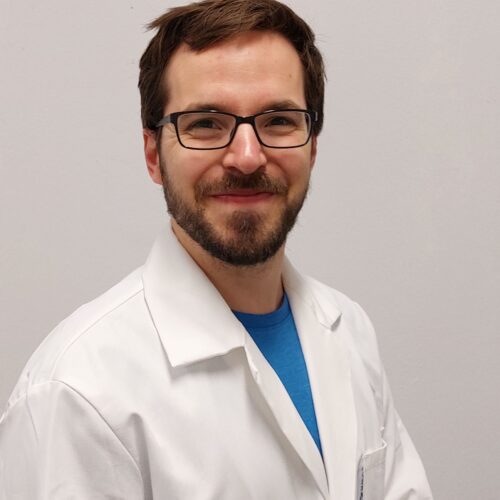
What is your role within the IBAIA Project?
My task within IBAIA is the development and optimization of polymer membranes. For example, in optical sensors for pH and CO2 measurements, where one has an ion-selective membrane, and the other has a membrane predominantly permeable for CO2. In addition, the development of a hydrophobic membrane with a fast uptake for different pollutants from water for IR analysis.
Tell us a bit more about the organisation/company you work with:
The University of Duisburg-Essen (UDE) contains the Centre for Water and Environmental Research. As a member of this transdisciplinary centre, I work at the campus in Essen within the workgroup of Prof. Dr. Mathias Ulbricht. Our research includes the fabrication and functionalization of separation membranes with defined properties, as well as membranes as adsorber or catalytic materials.
What excites you most about the project?
The collaboration of different researchers on a project to improve and monitor the quality of water as a vital resource and, thereby to have a positive impact on our environment and future.
What do you expect to achieve from participation in IBAIA?
Besides the development of a multi sensor system for water, I personally expect to gain experience also outside of my field of research through the lively exchange.
Where do you think the IBAIA sensor(s) will be used in the future?
Several areas of application in the field of water monitoring are feasible, like field campaigns for environmental studies, for academic purposes, or for water monitoring of sewage treatment plants and of the wastewater from industrial sites.
What do you think the main economic, societal, or environmental benefits of the project will be?
Water is our most precious resource with a growing demand for safe, clean, and affordable water. It is up to us to find the cause of the pollution and control the treatment and prevent unnecessary pollution. A simple and inexpensive sensor system is essential for this purpose.
What do you think EU collaborative research projects have to offer?
A collaboration of skilled researchers motivated by a common goal, constantly working on innovative solutions.

What is your role within the IBAIA Project?
I manage the project for sensor and lasers packaging, which we receive from the other IBAIA partners.
Tell us a bit more about the organisation/company you work with:
Argotech a.s. is an assembly partner for customers who need to package different sensors and chips. The company offers a full chain of processes for final assembly (like chip die- & wire-bonding, optics alignment, hermetic sealing, electro-optical measurement, etc.). As a step before assembly Argotech a.s. offers mechanical, thermal, optical and high-frequency design and simulations.
What excites you most about the project?
Working with innovative chips and methods for water pollution measurements.
What do you expect to achieve from participation in IBAIA?
Deeping knowledge for using sensors and lasers. Offer our services to new partners.
Where do you think the IBAIA sensor(s) will be used in the future?
Wastewater treatment plants and water quality measurements in rivers and oceans.
What do you think the main economic, societal, or environmental benefits of the project will be?
New measurement tool for water quality monitoring.
Development of a new device for simple, user-friendly and portable water pollution measurement/analyses.
What do you think EU collaborative research projects have to offer?
Research on new innovative sensors and solutions not available on the market.

What is your role within the IBAIA Project?
Development of the epitaxial growth VCSEL 940nm structures according to the design proposed by TUL. This includes epi-growth technology development with GaAs substrates using MOCVD techniques and advanced characterisation of grown layers.
Tell us a bit more about the organisation/company you work with:
VIGO Photonics is a European manufacturer of epitaxial wafers and instruments for photonic and microelectronic, specialising in MWIR and LWIR detectors and modules, produced with the use of internally developed technology. The mission of VIGO Photonics is to provide fast and convenient, easy-to-use IR detectors at any wavelength from 2 to 16 µm, reaching fundamental BLIP limits without cryocooling. Modules are available with different spectral response ranges, time response characteristics and gains.
What excites you most about the project?
The most exciting aspect is the opportunity to develop an innovative multi-sensor system combining advanced photonic and electrochemical technologies. Introducing a solution that enables more precise and efficient real-time water quality monitoring could significantly impact environmental protection and improve water resource management on a global scale.
What do you expect to achieve from participation in IBAIA?
I expect to gain valuable experience in advanced photonic detection technologies and develop new competencies in integrating sensor systems. Participation in this project also offers the opportunity to collaborate with an international research team and contribute to achieving the strategic goals of the European Green Deal.
Where do you think the IBAIA sensor(s) will be used in the future?
IBAIA sensors have the potential to be used in monitoring the quality of surface and groundwater, controlling industrial processes, and protecting the environment and agriculture. They could also be applied by public health services and in early warning systems for pollution detection.
What do you think the main economic, societal, or environmental benefits of the project will be?
The economic benefits include reducing water quality monitoring costs thanks to more cost-effective and reliable solutions. Societal benefits involve improving public health through better control of water pollution. Environmental benefits include more effective water resource management and supporting sustainable development goals by mitigating environmental degradation.
What do you think EU collaborative research projects have to offer?
EU collaborative research projects provide access to funding, cutting-edge knowledge, and partnerships with leading institutions and companies across Europe. They foster innovation, support the development of advanced technologies, and help align with EU standards and regulations. Additionally, these projects open doors to new markets, strengthen international networks, and enable the creation of solutions addressing global challenges such as environmental protection and public health.
